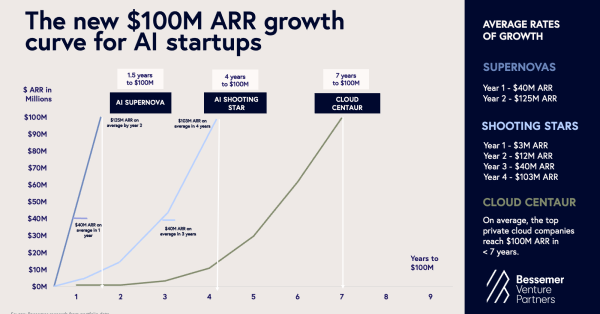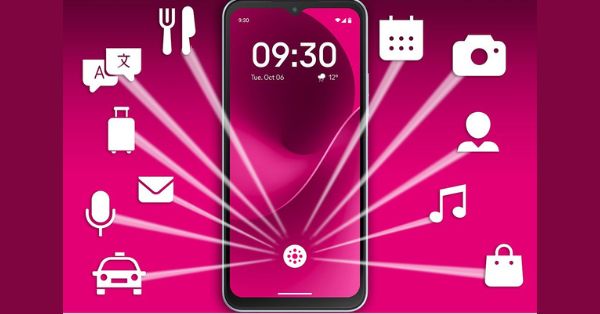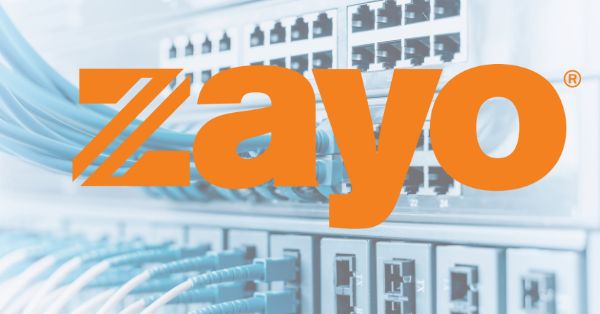Ericsson Unveils 5G Advanced Software to Empower High-Performance Programmable Networks
Ericsson has launched a new suite of 5G Advanced software products designed to enhance the capabilities of programmable networks, helping communications service providers (CSPs) boost network performance, improve user experience, and drive new revenue opportunities. These innovative solutions introduce advanced technologies, such as AI-powered automation, intent-driven networking, and service-aware RAN (Radio Access Network), enabling CSPs to better align network behavior with specific business goals and optimize operational efficiency.
Transformative Technologies in 5G Advanced Software
Ericsson’s 5G Advanced software suite incorporates several groundbreaking features to enhance network performance and adaptability, particularly as CSPs seek to maximize their 5G investments. The software leverages open network architectures, AI, and automation, allowing providers to fine-tune network capabilities to meet various service-level agreements (SLAs) and sustainability goals. Key innovations include:
- AI-powered RAN: Uses artificial intelligence for real-time data processing and intelligent decision-making, enhancing network efficiency and responsiveness.
- Intent-driven networks: Enables CSPs to specify desired outcomes, while the RAN autonomously manages complex processes to achieve these objectives.
- Service-aware RAN: Adjusts dynamically to connectivity requirements, providing real-time adjustments and ensuring SLA compliance to meet diverse service needs.
According to Mårten Lerner, Head of Product Area Networks at Ericsson, “Our customers have invested heavily in building 5G networks, with around 50% of the world’s mobile 5G traffic outside China now carried over Ericsson-powered networks. With our 5G Advanced software, we enable service providers to transition to high-performance programmable networks and reach their business goals, ultimately paving the way for innovative applications that can transform industries and enhance lives globally.”
Seven New Products to Transform CSP Network Capabilities
Ericsson’s new 5G Advanced software products introduce significant advancements in network automation, positioning, and performance management, offering CSPs the tools needed to maintain competitive edge and operational excellence. Key products include:
- Real-time AI-powered automation: Scales network automation with advanced AI capabilities, optimizing performance and enabling efficient operation across complex network scenarios.
- Outdoor Positioning: Supports CSPs and enterprises in delivering location-based services over the 5G Standalone (SA) architecture, with or without GPS support.
- Mission Critical Services: Facilitates support for sectors requiring high resilience, such as public safety, defense, and railways, ensuring continuous service under high-stress conditions.
- RAN Differentiated Connectivity: Enhances SLA compliance, allowing CSPs to manage multiple services simultaneously with tailored network support.
- Energy Efficiency and Management: Reduces operational costs and environmental impact by optimizing energy usage with an intent-driven approach and automation.
- Premium Network Performance: Increases coverage and capacity in high-traffic areas, delivering an exceptional experience to users with flagship devices.
- Device Battery Performance: Enhances battery life for 5G devices, such as smartphones and wearables, using intelligent network features to conserve power.
These products, available as software subscriptions from late 2024 through early 2025, are compatible with Open RAN, Cloud RAN, and purpose-built RAN architectures. They also build upon previous 5G Advanced launches, such as Critical IoT and Reduced Capability (RedCap).
Industry Leaders Embrace 5G Advanced Capabilities
Several CSPs have voiced support for Ericsson’s new 5G Advanced software, highlighting its potential to transform network capabilities and drive revenue growth. AT&T, Optus, Telstra, and T-Mobile are among the operators integrating these solutions to achieve operational efficiencies, optimize network performance, and enhance customer experiences.
- AT&T’s Rob Soni, VP of RAN Technology, stated, “As we lay the foundation to monetize new services, these capabilities allow us to enhance network performance and better serve our customers.”
- Optus sees Ericsson’s technology as a crucial component in delivering top-notch customer experiences, with Vice President Kent Wu noting that “working with partners committed to innovation and customer satisfaction is key to providing excellent network service.”
- Telstra is focusing on autonomous networking with Ericsson’s software. Sri Amirthalingam, Wireless Engineering Executive at Telstra, remarked that these tools will “help us anticipate customer needs, optimize resources, and elevate customer experiences.”
- T-Mobile has committed to expanding its nationwide 5G SA network to support 5G Advanced, with John Saw, EVP and CTO, emphasizing the opportunities these solutions bring to improve network speed, energy efficiency, and reliability.
5G Advanced Software for New Revenue Opportunities
Rémy Pascal, Senior Research Manager at Omdia, underscores the importance of new revenue-generating services enabled by Ericsson’s software. “CSPs are eager to monetize their 5G investments, and revenue growth will depend on advanced network capabilities,” he stated. Ericsson’s 5G Advanced offerings, including features like Outdoor Positioning and Mission Critical Services, provide CSPs with capabilities that not only boost user experience but also drive cost efficiencies through solutions like Premium Network Performance and Real-time AI-powered automation.
Enabling High-Performance Networks in the 5G Advanced Era
Ericsson’s 5G Advanced software suite empowers CSPs with the tools needed to harness the full potential of 5G, driving innovation and service quality through programmable, high-performing networks. By focusing on automation, energy efficiency, and SLA-based connectivity, Ericsson enables providers to build resilient, efficient networks that meet the evolving demands of the digital world.
As 5G evolves, Ericsson’s technology supports CSPs in meeting industry challenges while unlocking new business models and revenue opportunities, setting the stage for an era of advanced connectivity that benefits businesses and consumers alike.






























